Ancients - Make Way for the Powerful Assyrian Kings: The History of the Message-Laden Balawat Gates
Over the years, researchers uncovered some remarkable Assyrian gates which led to different areas in the ancient city of Imgur-Enlil, now called Balawat, in Iraq. The huge gates were built during the times of the powerful Assyrian kings Ashurnasirpal II and Shalmaneser III. These two kings reigned between 883 and 824 BC and their authority provided one of the greatest periods in the history of Assyria. What was it like to pass through the elaborately decorated gates that were used by such influential ancient kings?
The city of Balawat lies near the famous site of Nimrud. It is a land that was an archaeological paradise centuries ago. During their excavations in the area, some researchers unearthed the remnants of magnificent gates that were made during the Assyrian golden age. It was through the work of several archaeologists, historians, and conservators that the famous gates of Balawat were brought back to the world. The reconstructed gates show the magnificence of Assyrian architecture and shed light on the detailed symbolism and power of Ashurnasirpal II and Shalmaneser III.
Finding the Gates
The gates of Balawat were made of cedar wood. They originally measured about 6.8 meters (22 ft.) in height. They were not hinged, but based on huge bronze pillars. The tall gates belonged to an urbanized and they were created with a traditional style of architecture that was characteristic to the time of Ashurnasirpal II.
- The Powerful Assyrians, Rulers of Empires
- Everything he Touched Turned to Gold: The Myth and Reality of King Midas
- Hunting the Lions: A Dead King, and a Collapsing Assyrian Empire – Part I
The first set of such gates were discovered in 1878 during research led by Hormuzd Rassam. These gates are related to the reign of Ashurnasirpal II. They are now located in London. Apart from the magnificent remnants of the gates, the researchers also unearthed a remarkable limestone coffer that contained two marble tablets with inscriptions about the ancient Assyrian ruler. Researchers also discovered a set of gates that were made by Shalmaneser III in 1878 too. However, the research on those gates was first published in 1905.
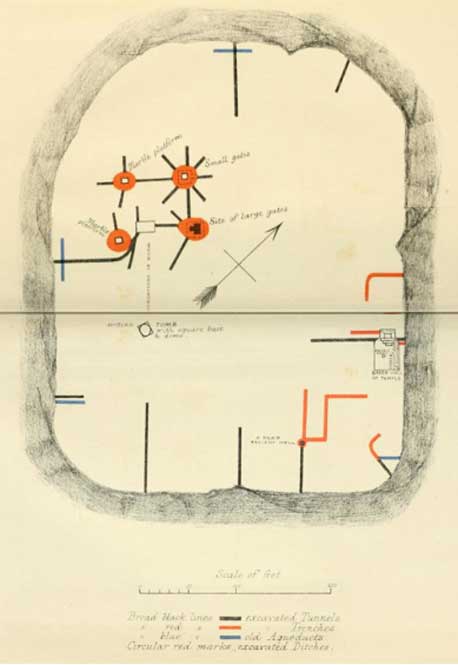
Balawat Excavation Plan 1882. (Public Domain)
Another remnant of the gates was unearthed later on by Max Mallowan. He made the discovery in 1956. Those gates belonged to the Temple of Mamu, the god of dreams. The gates were donated to the Mosul Museum and it seems that they survived the looting of the museum in 2003; though the current state of the gates in Mosul is unknown.
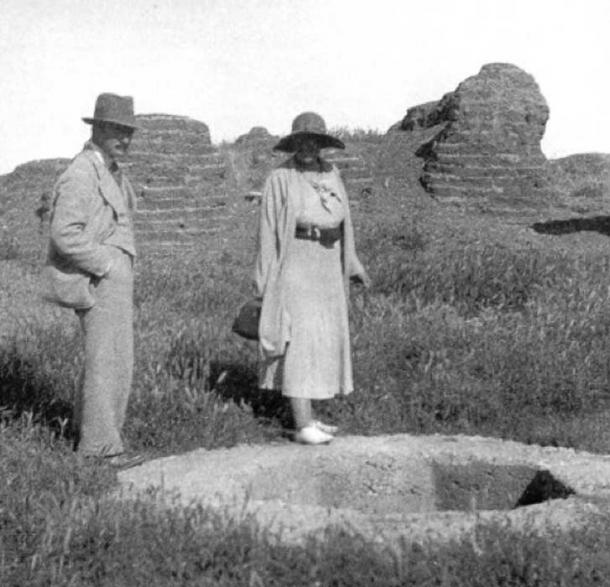
Photograph of Max Mallowan. (Public Domain)
Gateway to Ancient Symbolism
The scenes depicted on the gates are mostly related to warfare and the hunting of symbolically important animals like lions. (Hunting was considered an important way to depict power during those times.) The images on the gates also present real and important situations, like the discovery of the source of the Tigris River by King Shalmaneser III in 852 BC.
- The Siege of Lachish: History from Both the Victors and Defeated
- The Ancient Akitu Festival and the Humbling of the King
- The Military Campaigns of Tiglath-pileser III: Priest King and Conqueror – Part 1
The gates are full of symbolism related to rulers and ''others''. Researcher Mattias Karlsson analyzed the gates to find motifs of different individuals. He then analyzed them to clarify their meaning. With the results of his research in hand, he stated:
“No less than 840 individuals and 65 types (or “motifs”) of these were recognized in the collecting process. While only 14 of these tell of serenity and peace, as much as 51 of these instead speak of coercion and warfare. Still, the most commonly attested motif is of a peaceful character, namely the one that shows a tributary holding gifts. Thereafter, motifs of warfare take over. (...), I could conclude that practically all motifs are “biased” (negatively). The few that can be classified as “neutral” are only seemingly so, and due to their functions. All motifs were then compared with the ones that depict Assyrians, and a clear dichotomy and juxtaposition could be distinguished. In other words, there is here a conflict in which a “Self” stands against an “Other”. The latter agent is here a “subaltern”, i.e. someone who is inferior and abnorm. (..) I found that the relative proportions of peace and war motifs on the two palace gates speak the same message of emphasis on warfare. The temple gate, by contrast, overwhelmingly conveys scenes of peace (tribute delivering). In total then, the iconography of Shalmaneser III from Balawat is much more centered on warfare, quite in contrast to the established repute. The differences in choice of scenes between palace and temple gates open up for a discussion on the idea that peace scenes were regarded as more appropriate in temple milieus.”
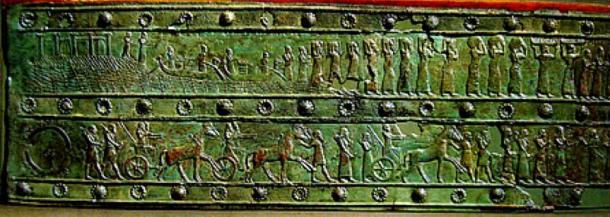
Bronze band from the Palace Gates of Shalmaneser III in the British Museum. (CC BY-SA 3.0)
Thus, the gates of the kings were much more than ordinary doors or gates to important places in the city. They were like letters to the future - priceless messengers from ancient kings to modern scholars.
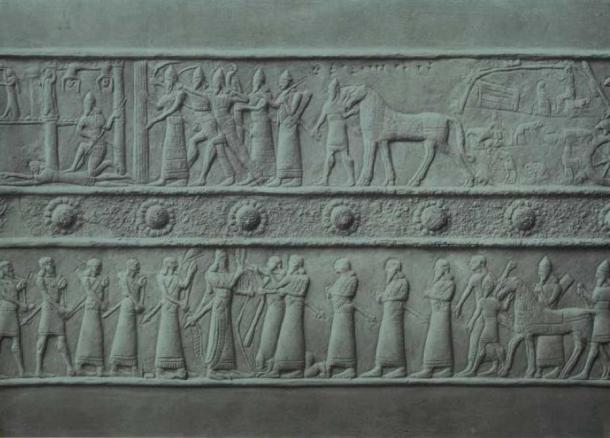
Capture of Astamaku, near Al-Mastumah, described on the gates. (Public Domain)
Holding on to Assyrian Heritage
During the last few years, many elements from the ancient civilizations in the Middle East have been destroyed. The ruins of several ancient cities located in the land of ancient Persia are damaged or lost due to terrorist acts. However, the precious treasures located in museum collections around the world, and the artifacts saved by brave museum workers in the region, still document the lost glory of ancient times.
Nowadays, you can find the remains of the Balawat gates in the collections of the Istanbul Archaeology Museum, Walters Art Museum in Baltimore, and the British Museum. The Mosul Museum may also hold the remains of these gates in their collection. Iraq has made it known that they would like to have the remains of the gates returned to their country - especially after the tragedy that took place in their museums at the beginning of the century. However, the researchers who take care of the artifacts in their museum collections outside of that country disagree - and suggest that the Balawat Gates are now not only the heritage of Iraq but also the world – and they need to be protected for the good of all of humanity.
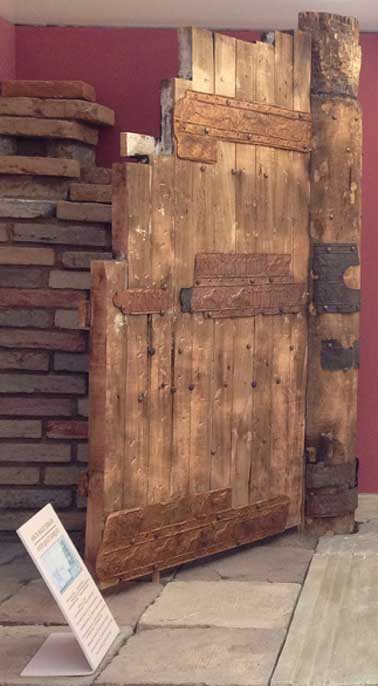
Balawat Gate at the Istanbul Archaeological Museum. (CC0)
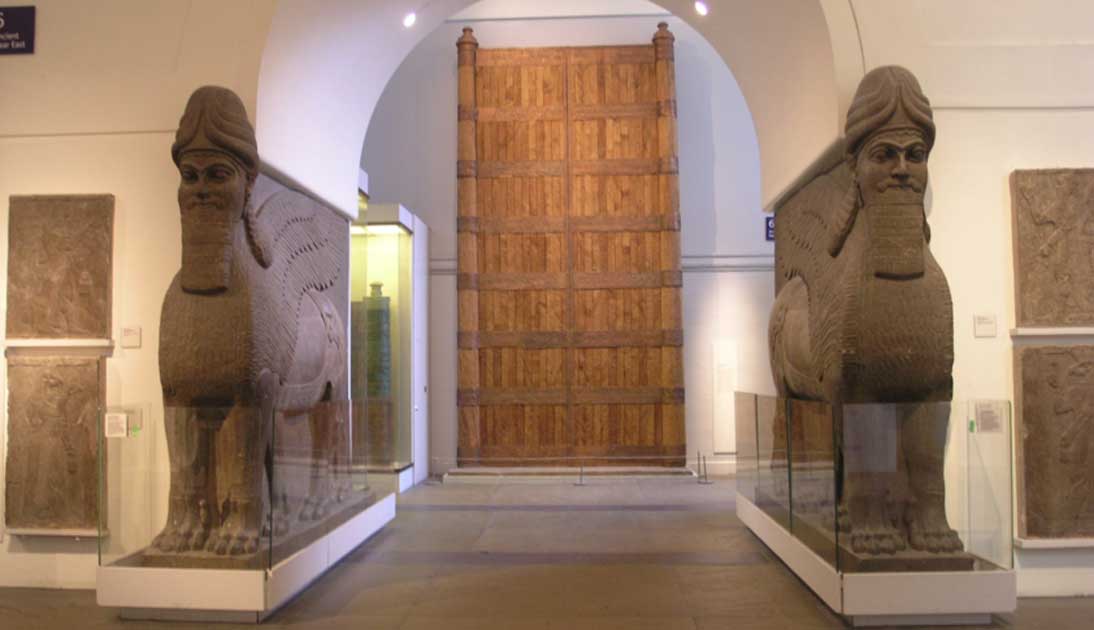
No comments:
Post a Comment